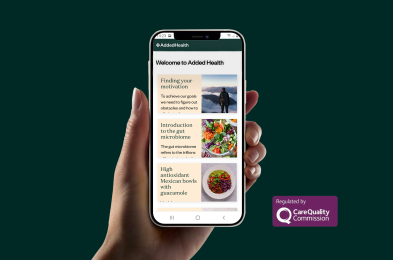 Proven innovation
Proven innovation
C2-Ai - Governance, Finance and Patient Safety Package
C2-Ai has developed, successfully tested and proved demonstrable benefits of our unique clinical Ai systems in 11 countries including the UK and USA – helping hospitals reduce avoidable harm and mortality, generate significant savings on operating expenditure and reduce clinical negligence claims by up to 10%. Hospitals face serious issues: Variability in patient care (increasing treatment costs), Unclear how to recognise best practice, Difficult to reduce treatment costs, Need to improve quality of care, There are no real alternatives. Business information systems in hospitals are at best smoke alarms and we’ve seen up to 95% false positives on issues we cover.
About
CRAB helps hospitals identify and resolve issues relating to avoidable harm and mortality.• Accurate identification of issues (rather than false positives) as our system adjusts for each individual patient’s physiology and pre-existing conditions as well as any procedural risk• Demonstrable reductions in avoidable harm and mortality• Significant savings per hospital (identified average $3m per annum) just on the direct cost of caring for patients who have suffered avoidable harm• Fast indication of problems (as quickly as four weeks to allow for considering readmissions within 30 days)• CRAB uses hospital coded patient data to populate a client's database which they can interrogate, and receive a variety of reports which can be on an monthly to annual basis. • Our system shows specialties that are doing well (to help share that best practice) and ones that are doing badly relative to the actual health, physiology and mix of existing triggers of every patient they have treated.• Other systems would report a hospital’s headline results against an average value from other hospitals – essentially ignoring the actual mix of patients, their health and existing complications.• Clinicians and managers can drill down into the information we report whenever they want – from high level (hospital performance), specialties level, consultant level and finally down to individual patient information.• Worse than expected performance (red traffic lights) show where results are far below what is expected with the specific mix of patients and their complications etc. Exceptional performance is also highlighted to help hospitals share best practice.



